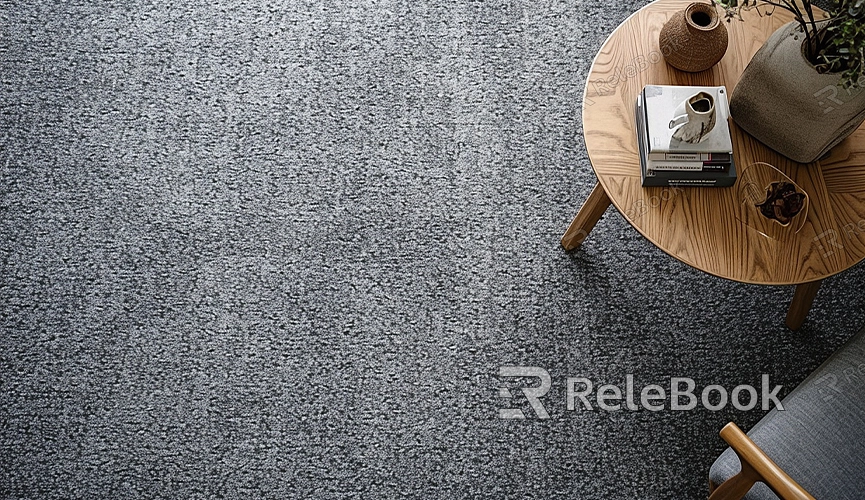blender how to repeat texture
Achieving texture repetition in Blender is a crucial design technique. Texture repetition typically involves adjusting the mapping or tiling of a texture to make it display multiple times on the surface of a model. Repeating textures can effectively reduce the loading and rendering time for textures and 3D models in Blender. Below, we'll explore the techniques for achieving texture repetition in the Blender design software.

1. Import Texture:
Open Blender and import the texture you need. Ensure the texture is prepared and matches your project.
2. Select Object:
In the 3D view, select the object to which you want to apply the texture. This could be the ground, walls, objects, etc.
3. Switch to the "Material" Tab:
In the right-side properties panel, switch to the "Material" tab. Ensure you have created a material for the object.
4. Open the Texture Panel:
In the "Material" tab, locate the "Texture" panel. Click "New" to create a texture slot for the current material.
5. Choose Texture Type:
In the "Texture" panel, select "Image Texture" as the texture type, and choose the imported texture image from the "Image" dropdown menu.
6. Adjust Repeat Settings:
In the "Image Texture" panel, find the "Repeat" options. Adjust the repeat count for both the "X" and "Y" directions to achieve the desired texture repetition on the object.
7. Adjust Mapping:
In the "Mapping" options, choose an appropriate mapping method, such as "Tiled" or "Spherical," to ensure proper texture mapping.
8. Real-time Preview and Adjust:
Switch to the "Render" view and preview the real-time repetition effect of the texture. Adjust repeat counts and mapping methods as needed until the desired result is achieved.
Common Applications of Texture Repetition in 3D Design:
1. Repetition of Wood Floor Texture:
Applying a repeated wood grain floor texture in indoor scenes to create a natural texture effect.
2. Wall Tile Effects:
In architectural projects, achieving textured wall effects by repeating the application of brick or tile textures.
3. Corner Pattern Decorations:
Using patterned textures in the corners of furniture or decorative items to add intricate and unique designs.
4. Outdoor Ground Texture:
In outdoor scenes, creating realistic natural ground effects by repeating the application of soil or grass textures.
5. Surface Patterns on Decorative Items:
Applying various pattern textures on the surfaces of decorative items to add detailed texture.
6. Rippling Water Effects:
Applying ripple textures on water surface models to create dynamic water effects through repetition.
7. Clothing Detail Textures:
Enhancing clothing models by repeating the application of detailed textures for added depth and uniqueness.
8. Vehicle Exterior Textures:
Repeating the application of textures on the surfaces of cars or aircraft for a stylish and personalized appearance.
Through these practical examples, we demonstrate how to efficiently achieve texture repetition in Blender. This method allows for flexible texture handling, enabling the creation of vibrant, layered scenes, and models. If you need high-quality 3D textures, HDRI, or 3D model downloads, you can find them on Relebook. Simply import the textures and 3D models into your project after downloading.

